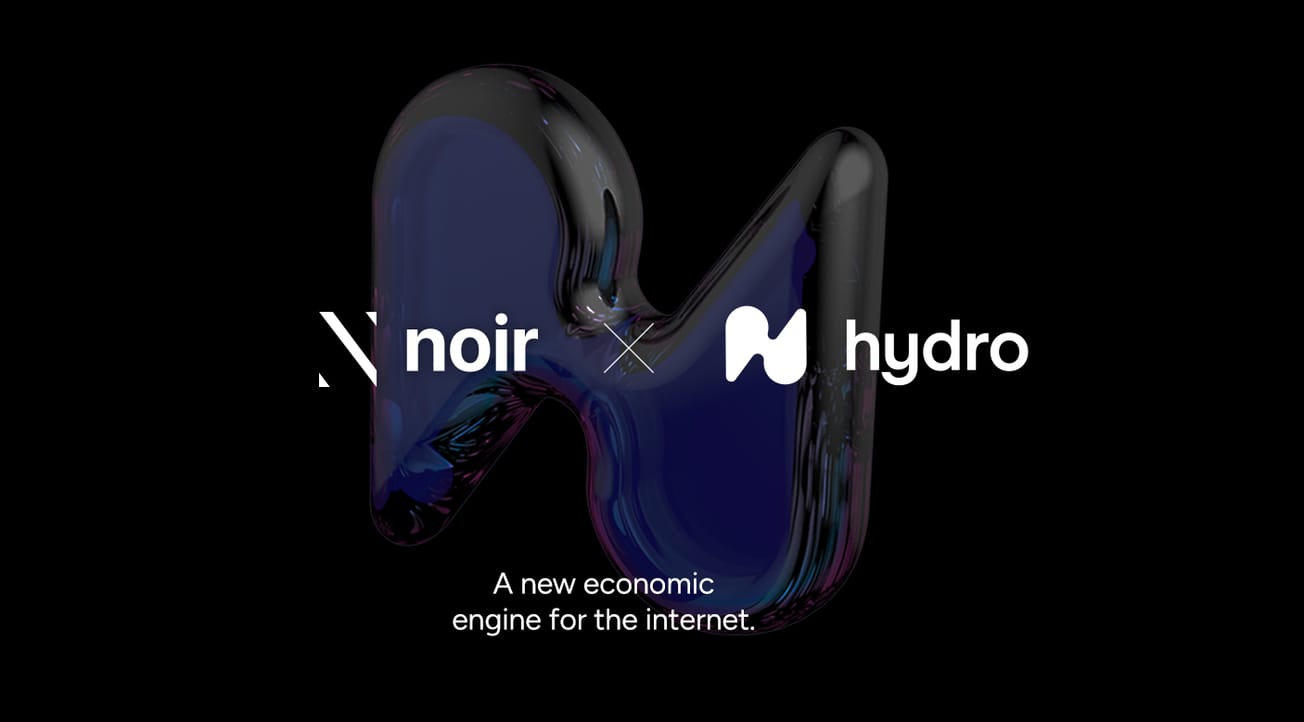Virtual and Augmented Reality technologies are increasingly being deployed by organizations for employee onboarding and training.
These innovative tools provide a unique and engaging way for staff-members to learn and develop critical new skills, while in the process saving companies money and time.
Say Goodbye to the Classroom
Over the past 18 months, we have seen these interactive technologies utilized by companies in fields as diverse as healthcare, manufacturing, education, construction, and energy.
Perhaps the most obvious advantage of using VR and AR for employee training is the ability to generate realistic and immersive experiences, the sort which help learners develop and hone skills they can later put into practice in the real world.
VR allows employees to be fully immersed in a safe, simulated environment, while AR overlays digital information onto the real world. This mixed-reality allows trainees to learn and practise new skills in a controlled domain, without the risks and costs associated with traditional forms of training.
A good example is VSI HoloMedicine, a mixed-reality platform that helps surgeons prepare for procedures using 3D holographic technology. The platform just received FDA clearance, with parent company apoQlar set to commence a funding round to scale up across the United States.
Staying in healthcare, VR technology is being explored as a means of alleviating the need for anesthesia during surgery. How? Well, by teleporting into a tranquil virtual environment via VR headset, the patient can be distracted from the suffering they're experiencing IRL. (Given my last bout of agonizing toothache, I remain skeptical.)
Whether used to train employees on complex tasks – operating machinery, performing keyhole surgery, fighting fires – VR technology gives users the sensory experience of completing a task without actually doing so. Learners can re-do training exercises as many times as they like, without the need for costly and potentially dangerous equipment.
By the same token, the deployment of AR can provide real-time information and guidance to employees (via headset) as they perform tasks, helping them understand the steps involved and providing real-time feedback on their performance.
According to a recent report, the global virtual reality in education market will be worth a staggering $32.9 billion by 2026, accelerated by the roll-out of high-speed 5G technology. When taking other sectors into the equation, we are looking at a $100 billion+ market.
Personalized Perks
Another benefit of using VR and AR for employee training is the ability to personalize the learning experience itself. By leveraging granular data and analytics, organizations can tailor training to the individual’s needs and abilities, allowing employees to learn at their own pace and focus on the areas where they require the most support.
Their highly interactive nature also means that VR and AR can help improve engagement and motivation, with the benefit of keeping employees focused, motivated and challenged during training sessions which otherwise could be monotonous.
Of course, human beings currently employed to conduct training exercises might feel uncomfortable about the direction of travel here. At least they’re not alone: according to our technocratic overlords at the World Economic Forum, AI will replace 85 million jobs worldwide by 2025.
Of course, in some domains it might be said that the human element is indispensable to the upskilling/training process. That might seem like a small consolation to those fearful of professional obsolescence, but the impact of automation and AI on the jobs market cannot really be sugarcoated.
Overall, immersive VR and AR training solutions have enormous potential to level up recruitment and employee training. By enabling rich personalized experiences, these sophisticated tools can help individuals learn and develop new abilities in a way which aids retention, develops confidence, and boosts motivation.










